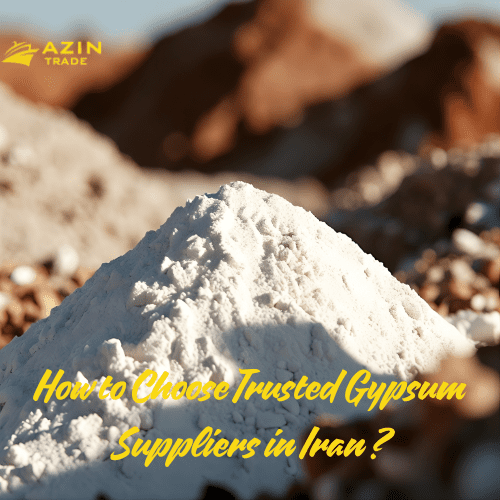Introduction to Clinker
If you’ve ever wondered what holds concrete structures together, the answer starts with clinker. This unassuming grey material is the backbone of modern construction, yet few outside the industry understand its crucial role.
Clinker forms the base of Portland cement, the world’s most common construction material. Every year, global cement plants produce about 4 billion metric tons of clinker – enough to build 80,000 Empire State Buildings! But what exactly is this mysterious substance that literally holds our cities together?
What Exactly is Clinker?
Clinker is the hardened, marble-sized nodules produced when limestone and clay are fused together under intense heat. Think of it as the “flour” of cement production – the essential ingredient that gets mixed with other materials to create the final product.
- Appearance: Grey, glassy pellets 3-25mm in diameter
- Texture: Hard as rock with a slightly porous surface
- Composition: Contains four main minerals that give cement its binding properties
How is Clinker Produced?
Raw Materials Used
- Limestone (80-85%) – Provides calcium
- Clay/shale (15-20%) – Supplies silica and alumina
- Iron ore/sand (1-2%) – Adds iron content
The Manufacturing Process
- Quarrying & Crushing
- Blending
- Preheating
- Kiln Burning (1450°C)
- Cooling
- Storage
Kiln Types
Modern plants use either rotary kilns (80-90% of production) or vertical shaft kilns, which are more energy efficient but lower in capacity.
Different Types of Clinker
- Ordinary Portland Clinker: Standard variety used for most construction
- Sulfate-Resistant Clinker: Ideal for marine environments
- Low-Heat Clinker: Perfect for large structures like dams
- White Clinker: Made from pure limestone and kaolin clay for decorative concrete

clinker pellets
Key Properties That Matter
- Chemical Composition: Tricalcium silicate, Dicalcium silicate, Tricalcium aluminate, Tetracalcium aluminoferrite
- Physical Properties: Free lime content, grain size distribution, glass content
- Performance: Reactivity with water, grindability, strength development
Why Clinker Matters in Construction
Every ton of cement contains about 0.95 tons of clinker. Global production could pave a 1-meter wide road around Earth 1,500 times!
Used in concrete, mortar, soil stabilization, and waste immobilization.
Environmental Challenges and Solutions
- 5-8% of global CO₂ emissions come from clinker production
- Innovations include alternative fuels, carbon capture, clinker substitutes, and efficient kiln designs
Frequently Asked Questions
- Is clinker the same as cement?
- No – clinker is an intermediate product that gets ground with gypsum to make cement.
- Why does clinker production use so much energy?
- The chemical reactions require sustained temperatures of 1450°C (2642°F) for hours.
- Can clinker be recycled?
- Yes! Crushed clinker makes excellent road base material and can be reused in new cement production.
- What’s the future of clinker?
- Expect lower-clinker cements and carbon-neutral production methods to dominate within 20 years.



